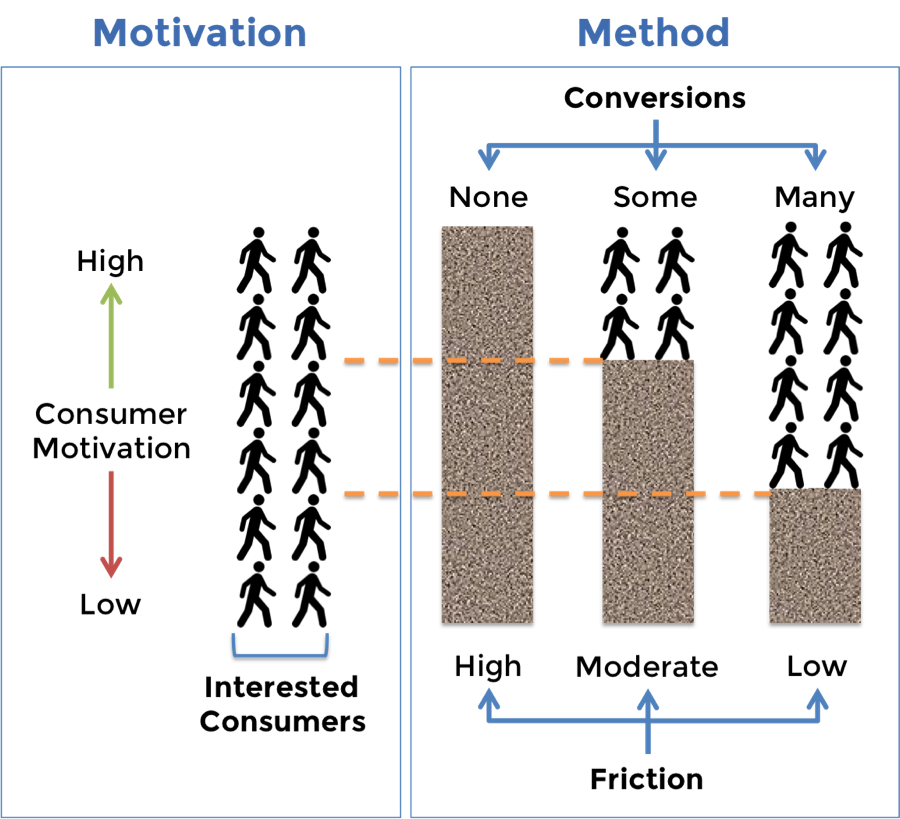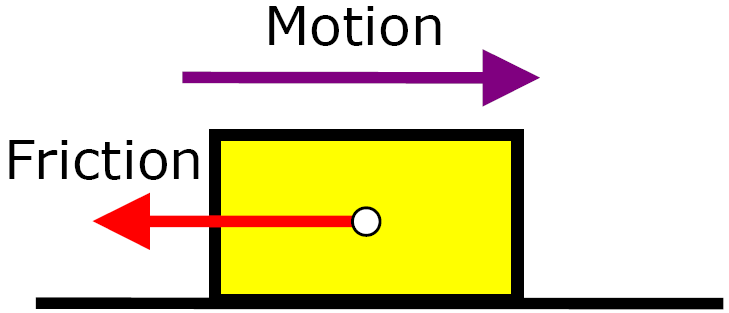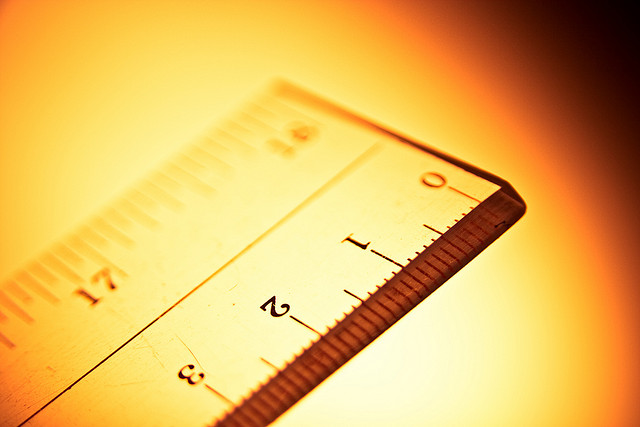 Many people consider marketing a dark art. Deliver the right creative alchemy at the right time, on the right channel, and … magic. The fact is that marketing is becoming more data-driven each year. Digital channels, in particular, are oblivious to the sentimental hunches of advertisers. Data simply reports the truth. The goal of advertising is to drive consumers to adopt a product or service. Conversion either happens or it doesn’t.
Many people consider marketing a dark art. Deliver the right creative alchemy at the right time, on the right channel, and … magic. The fact is that marketing is becoming more data-driven each year. Digital channels, in particular, are oblivious to the sentimental hunches of advertisers. Data simply reports the truth. The goal of advertising is to drive consumers to adopt a product or service. Conversion either happens or it doesn’t.
Breaking down the consumer’s journey of completing a purchase can increase your odds of success. At XAPPmedia, we consider three primary elements that allow advertisers to capture new customers: motivation, method and measurement.
Motivation – Capturing Consumers’ Attention
Physics tell us that an object at rest will remain at rest unless a force acts upon it to create movement. Thus it is with consumers. They will go on merrily, not buying your product or service unless motivated to do so. The first step is to motivate action. This involves advertising creative that breaks through the clutter and captures consumers’ attention. It also includes targeting the right consumers, at the right times, through the right channels. But, it doesn’t stop there.
Again, like in Newtonian physics, you can motivate a consumer to move in the direction of a product purchase, but another force, friction, may block the conversion. What many people don’t recognize or simply ignore in marketing is the friction to conversion. Friction in conversion is the extra effort required to complete the transaction. A lightly motivated consumer cannot overcome a lot of friction, such as remembering an 800 number or URL or driving an hour to a retail store to later claim an advertised offer.
Beyond motivating consumers, advertisers must ensure that friction to conversion does not exceed the motivation level. All advertising will reach consumers that represent a spectrum of motivation. Some will be highly motivated by the offer, while others will be lightly motivated or somewhere in between. The lower the level of friction to convert, the more of those consumers will be captured. This is where method comes into play.
Method – Reducing Friction for Conversions
Amazon is famous for both motivation and method. It motivates purchases by showing how popular specific items are, providing reviews that offer consumer endorsements on products and suggesting items that may fit a consumer’s interests. However, Amazon is also laser focused on methods to reduce friction. The most famous of these is one-click ordering. The subject of a controversial patent, one-click ordering is designed for spontaneity and convenience. If you want something, a single click will execute a purchase and begin the shipping process. There are no forms to fill out. You’re free to get on with your day.
Conversion methods are less exciting to marketers than the creative process and often involve other stakeholders to execute them effectively. With that said, conversion friction is ignored at your peril. High friction in the conversion process reduces customer acquisition. The question for every marketer should be: “What methods are you employing to reduce conversion friction?”
In audio advertising, conversion friction remains high. For terrestrial radio, the only way for a consumer to engage with an advertised offer is to stop what they are doing and consciously take a step to do something else suggested by the ad. Internet radio reduces this friction somewhat by having an on-screen tile to click. However, with 79% of listeners now using smartphones, consumers still must take the smartphone out of their pocket or purse, key in their PINs, open the app and then click. It is not exactly convenient or spontaneous.
XAPP Ads provide audio advertisers the lowest level of conversion friction available by enabling “voice clicks.” If a consumer is interested in an ad, they simply say the prompted phrase and the offered connection is delivered. Whether it is an app download, a coupon, a streamlined purchase or a phone call, it is automatic and instantaneous. The connection is made hands free and eyes free.
Measurement – Prove and Adjust
“Half of my advertising is wasted; the trouble is I don’t know which half.” This quote is attributed to John Wanamaker from about 100 years ago, but marketers can still relate to it today. If marketers are attempting to motivate consumers to engage with their advertised offers, how do they know when conversions actually occur? How will they know which ad creative and formats have the best conversion rates?
In the physical world, other than differentiating 800 phone numbers by ad campaign, the data has been elusive. In the digital world, performance data that tracks the source and flow of activity is a byproduct of the solution. As a result, you can analyze not only which ads convert most often, but also what the conversion rate was, how long consumers interacted, what the revenue impact was, and break it all down by ad unit, creative, format, geography, time of day, demographics, duration of ad run and more. XAPP Ads go beyond conversion by telling you precisely what is working and how well. John Wanamaker would be smiling.
Reducing Friction and Measuring Results
We introduced XAPP Ads to reduce conversion friction and make consumer interaction simple, spontaneous and convenient. XAPP Ads are a tool for marketers and agencies to take great audio ad creative and deliver higher conversion rates through reduced friction. By measuring the results, you can also determine which creative is having the biggest impact by channel or which ads need to be replaced. Whether you are using XAPP Ads or other ad formats, make sure you consider how to reduce conversion friction when planning your next campaign. Otherwise you may be cheating yourself out of new customers.
